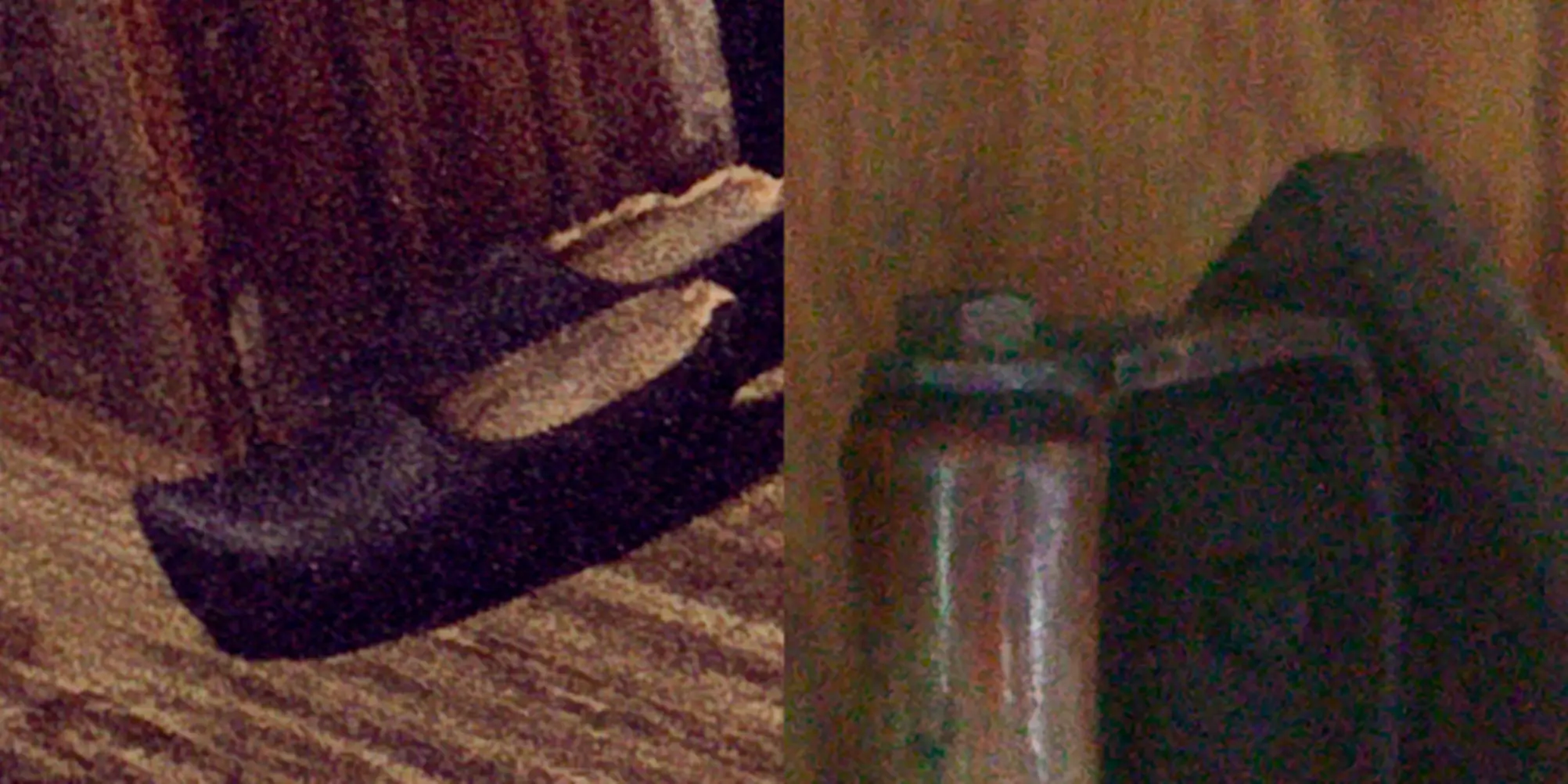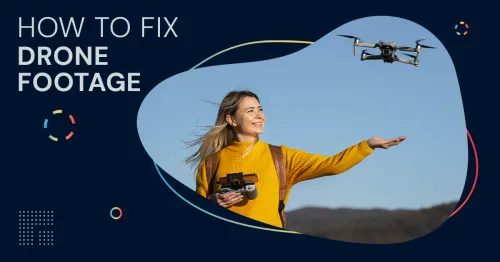Many cinematography or photography enthusiasts will give you the same answer if you ask them what was the first lens they bought. We are talking, of course, about the famous 50-millimeter lens with a 1.8 aperture. But why do they buy that particular lens?
Everybody loves to shoot at night, but low-light conditions can be challenging for mobile phones and cameras with crop sensors. That's why you should buy a lens with a wider aperture. We are talking about the most practical way to avoid something that every cinematographer, photographer, and editor battles every day, and that is the noise that usually comes from high ISO. Although practical, it can get expensive quickly because lenses and full-frame cameras are costly.
You are in luck because our AI Denoise filter can help with the most common problems of video enthusiasts, filmmakers, and photographers without breaking the bank. That's why we also want to teach you how to avoid noise in the first place. But let's get a couple of things straight. The first one is to ensure you know the difference between noise and grain.
Noise is a problem, and sometimes a sin, but film grain is an aesthetic
When you hear the term noise in cinematography or photography, it is not a reference to sound volume but a reference to an image that has poor quality. To be more precise, noise is a random variation in pixel brightness or color that does not represent the captured scene's actual features. Noise makes your footage buzzed, blurry, blocky, and bad overall.
But before we dive deep into how to avoid noise in the video and fix it with AI, first, you need to know the difference between noise and grain. We have learned that the noise is ugly and brings the quality of your footage way down. On the other hand, grain is something completely different. Grain can be found in older films and photographs that were recorded on tape formats like 32mm, 16mm, and 8mm. The main difference is that noise can be in color, while gran has no color, and with that comes a different usage purpose.

You can see grain on the left and noise on the right. Notice how the right picture has some green and red colors. That noise!
It's a no-brainer that noise has absolutely no purpose, but the grain has. You use grain for a specific aesthetic, an older film aesthetic. There is a reason why Quentin Tarantino shot parts of Once Upon a Time in Hollywood on Kodak Vision3 200T 5213.
Why are we putting such stress on noise vs. grain? We do not want you to be the guy who adds noise to your footage and then tells people that's grain. Everyone will see through your lies! Since we know you don't want to lie and have great-looking footage, here is an easy way of removing noise.
Time to get the other thing straight. There are just a couple of ways to save your footage from noise.
What can you do to avoid noise when shooting?
Let's explore more of what we said before; the best way to get rid of noise is to buy a camera with a better sensor that captures more data, like a mirrorless camera. The other option is purchasing a lens with a lower aperture, but there are a few things to remember if you choose this option. A lens with a low aperture of 1.8 or even 1.4 can make your life more difficult if you don't know how to use it.
You never go way down to 1.8 when shooting because then you can't have your entire image in focus. Imagine taking a portrait with 1.8 aperture. You focus on the eyes, but guess what? The nose is blurry! That's why keeping it around 2.2 and adding a bit more ISO is way better. Every camera can handle a bit more ISO.
If you aren't in the mood for spending, the next option is simple and obvious. Bring more light in, but you don't need some expense gear! Often a simple flashlight on your phone or desk lamp will help.
Because of everything we have said, it's crucial to remember that you rarely shoot in perfect conditions. We have all been there, and that's okay. In the end, those are the ideal moments to learn how to think on your feet and get to know your equipment better. While you are still learning, let's see how you can improve your noisy footage.
How can you fix your video?
Today, editor software has noise reduction features or plug-ins, but they could be better. They usually don't remove enough noise or remove it too much and make everything look waxy. Also, many people don't get a chance to use professional editing software like Adobe Premiere Pro and don't have time to learn the ins and outs. You may be a person who wants to fix a video that was recorded with a phone. The good thing is we have a tool called AI Denoise.
First, you can use all our tools regardless of your ambitions. We have you covered if you want to fix your home video or film shots but remember that you can't fix everything. Don't expect miracles, and be the guy who thinks he will recognize a person in the reflection of a doorknob 100 feet away. No one is an expert in "the impossible."
If you want to fix your video with our help, then we recommend AI Deep Clean, which will help you with:
Once you choose our filters for this purpose, don't get confused with Film Cleaner or Deinterlacer because their purpose is completely different.
What do you need to remember?
Unfortunately, there aren't many ways of escaping noise. You can buy a better lens or camera, bring more light or try to fix it later with software. But lack of options forces you to find creative ways for your problems on the field. So always try to solve your noise problem before hitting the record button.


